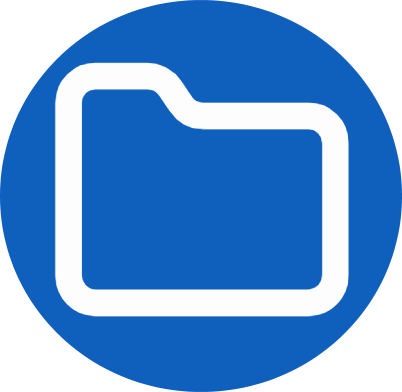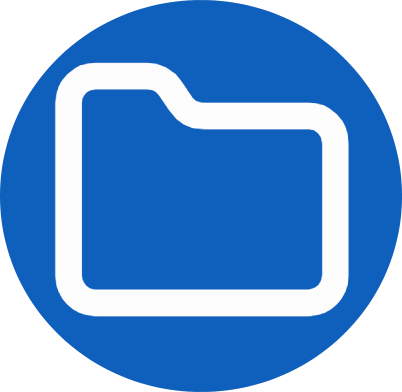Overview
Advanced Customization gives you powerful tools to tailor your directory beyond the standard design options. You can add custom content sections, integrate third-party tools with custom code, and adapt the terminology to match your specific niche.Custom Sections
Custom sections let you add text, images, links, or call-to-action elements exactly where you want them on your directory pages.Creating a Custom Section
1
Open the Add New Section Panel
Navigate to the custom sections area in your directory settings.
2
Enter Section Title
Give your section a descriptive title that represents its content.
3
Choose Section Type
Select from available section types based on your content needs.
4
Select Display Location
Choose where the section appears on your page.
5
Configure Layout
Pick the layout that best presents your content.
6
Add Content
Fill in your text, images, buttons, and links.
7
Activate & Create
Enable the section and click Create to add it to your directory.
Section Types
- Text Only
- Image + Text
A complete section combining visual content with descriptive text and a call-to-action button.Perfect for: Feature highlights, promotional content, service descriptions
Display Locations
Control where your custom section appears on the page:| Location | Description | Use Case |
|---|---|---|
| Above Footer | Near the top of the page | High-visibility content, CTAs |
| In Footer | Within the footer area | Contact info, social links |
| Below Hero | Right after the hero section | Important announcements |
| Between Content | Middle of the page | Breaking up long content |
Layout Options
Choose how your content is arranged:Image Left
Image on the left side with text and button on the right.
Image Right
Text and button on the left with image on the right.
Image Top
Image at the top with text and button below.
Image Center
Centered image with content arranged symmetrically.
Content Configuration
Text Content
Write any text you want inside the content field. This is your main message to visitors.Image Settings
- Image URL: Enter the full URL to your image
- Alt Text: Describe the image for accessibility and SEO
Button Configuration
- Button Text: The text that appears on the button
- Button Link: Where clicking the button takes users
Alignment Controls
Fine-tune the visual presentation:- Container Alignment: Controls the overall section positioning
- Title Alignment: Adjusts where the title appears (left, center, right)
- Text Alignment: Sets how the body text is aligned
Preview Your Section
After creating your custom section, switch to the Preview tab to see exactly how it looks before making it live.
Practical Example
Here’s a complete example of creating a promotional section:Custom Codes
The Custom Codes section lets you add JavaScript to your directory for extra functionality, such as analytics, chat widgets, or custom tools.Script Positions
- Head
- Body
Loads before page contentIdeal for:
- Google Analytics
- Facebook Pixel
- Meta tags
- Tracking codes
- Font loaders
Script Types
You can add both external and inline scripts:External Scripts
External Scripts
Load scripts from any domain, including your own.
Inline Scripts
Inline Scripts
Write JavaScript directly in the custom code field.
Security
You can add scripts from any domain. Only clearly harmful scripts are blocked to protect your directory and visitors.
Common Use Cases
Analytics Tracking
Google Analytics, Plausible, Mixpanel, or other analytics platforms
Live Chat
Intercom, Crisp, Tawk.to, or other customer support tools
Marketing Tools
Facebook Pixel, LinkedIn Insight Tag, Google Ads conversion tracking
Custom Features
Custom interactions, animations, or functionality specific to your needs
Adding Custom Code
1
Choose Position
Select whether to add your code in the Head or Body section.
2
Paste Your Code
Copy and paste your script code into the text field.
3
Test Thoroughly
After adding, test your directory to ensure the script works correctly.
4
Save Changes
Click Add Custom Code to save your script.
Language and Terminology
Customize your directory’s language and field names to match your specific niche. This is especially helpful when your directory isn’t focused on traditional businesses.Why Customize Terminology?
Different directory types need different terminology:| Directory Type | Default Term | Custom Term |
|---|---|---|
| Real Estate | ”Business Information" | "Property Details” |
| Properties | ”Listing" | "Property” |
| Restaurants | ”Operating Hours" | "Service Times” |
| Services | ”Business Name" | "Service Provider” |
| Events | ”Location" | "Venue” |
Customizable Fields
You can update the following labels to match your niche:Main Section Title
Main Section Title
Change “Business Information” to match your content type.Examples:
- House Information
- Property Details
- Service Overview
- Event Information
Tab Name
Tab Name
Customize the tab label that appears in the navigation.Examples:
- Property Tab
- Service Details
- Venue Info
Tab Description
Tab Description
Update the description text that appears below the tab name.
Phone Label
Phone Label
Rename the phone number field.Examples:
- Contact Number
- Booking Phone
- Reservation Line
Email Label
Email Label
Customize the email field label.Examples:
- Contact Email
- Inquiries
- Booking Email
Operating Hours Label
Operating Hours Label
Change how hours are described.Examples:
- Visiting Hours
- Open Hours
- Available Times
- Service Schedule
Location Map Label
Location Map Label
Rename the map section.Examples:
- Property Location
- Find Us Here
- Venue Address
Configuration Tips
Practical Examples
Real Estate Directory
Restaurant Directory
Service Provider Directory
Event Venue Directory
Future Enhancements
More customization options will be added in the future based on customer requests. If you need specific terminology changes, reach out to support with your suggestions.
Best Practices
Test Everything
Always preview custom sections and test custom code before going live
Stay Consistent
Use terminology consistently across all customized fields
Consider Your Audience
Choose terms that your target users will understand immediately
Keep It Simple
Don’t over-customize - clarity is more important than creativity
Quick Reference
Custom Sections Checklist
- Section title defined
- Section type selected
- Display location chosen
- Layout configured
- Content written
- Image URL added with alt text
- Button text and link configured
- Alignment settings adjusted
- Section activated
- Preview checked
Custom Code Checklist
- Script position determined (Head or Body)
- Code copied from source
- Script tested in development
- Code added to directory
- Functionality verified on live site
- Performance impact checked
Language Customization Checklist
- Directory type identified
- Terminology mapped from defaults
- All relevant fields updated
- Consistency verified across directory
- User testing completed
Next Steps
Design Customization
Customize your directory’s visual appearance
Tags & Monetization
Set up pricing and subscription plans
With these advanced customization features, you can adapt DirectoryEasy to perfectly match your niche, brand, and business needs.

